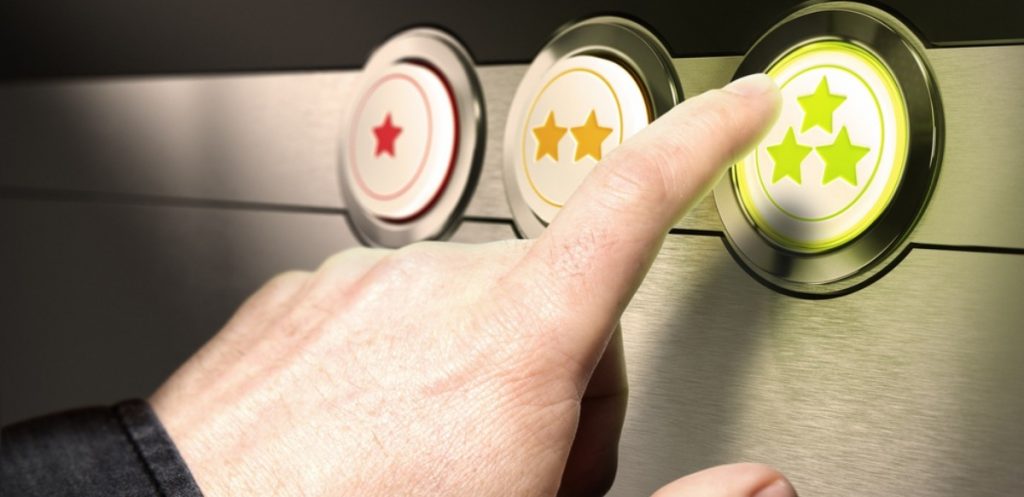In this guide, we’ll learn about customer acquisition cost (CAC), an important metric for marketers, product adoption teams, and user experience teams.
Then we’ll compare customer acquisition cost to other related customer metrics, such as retention costs and engagement. These metrics, after all, depend on and influence one another, and in order to reduce one, it is often necessary to understand metrics that span the entire customer experience.
Customer Acquisition (CAC): What It Is and Why It Matters
Customer acquisition cost (CAC) refers to the money spent obtaining new customers, typically through marketing and sales.
A very simple formula for customer acquisition:
CAC = Marketing Costs / Customers Acquired
This equation can be further expanded by adding specific variables related to business overhead, customer metrics, time frames, and other variables that offer more insight into acquisition costs.
Since acquisition is a very costly and critical activity – and since acquisition can cost five times more than retention – it is unsurprising that businesses want to reduce acquisition costs as much as possible.
Reducing the cost of acquisition, after all, frees up budget space for other business activities, from product development to more customer acquisition.
As a result, many companies spend a great deal on reducing the cost of acquisition, but, as we’ll see next, this can often lead to an overemphasis on gaining new customers – and not enough focus on profiting from existing ones.
Acquisition Costs vs. Retention Costs vs. Other Customer Metrics
Acquisition costs and rates are directly impacted by other key metrics.
The most relevant are those related to marketing, but to truly understand acquisition costs, it is important to look at the entire context.
Here are a few other important areas that are closely related to acquisition:
- The customer journey and the customer experience. The complete customer experience refers to the sum total of all interactions a customer has with a brand, its products, and its services. Good customer experiences raise positive metrics, such as retention rates, while lowering acquisition costs, negative impressions, and other undesirable metrics.
- Customer retention. Acquisition refers to the process of obtaining new customers, while retention refers to keeping those customers. As mentioned, better customer experiences improve engagement and retention, which ultimately improves a customer’s lifetime value.
- Customer engagement. Engagement is enthusiasm. Customers who are more engaged with a brand or product will use it more enthusiastically, spread the word to others, and stick with a company for a longer period of time. Higher engagement costs are correlated with lower retention costs – and the more quickly a brand can engage its customers, the easier it is to turn them from prospects into long-term customers.
- Lifetime value. A customer’s lifetime value is the amount of money that those customers bring in over the course of their relationship with a company. For a business to remain profitable, this value must be higher than the acquisition cost, as well as other related business costs.
- Customer abandonment. When customers abandon a brand or product, this is called abandonment, or churn. Naturally, this rate is directly related to acquisition, and the higher the abandonment, the more money a company must spend to acquire new customers.
- Customer onboarding. Customer onboarding occurs when brands introduce new customers to a product or service. This stage of the customer journey is crucial, since many new customers will drop off during onboarding. Improving onboarding through, for instance, product walkthroughs and good customer service can go a long way towards reducing customer acquisition costs.
In short, marketing and acquisition do not stand alone.
Acquisition rates and costs depend heavily on other stages in the user journey, so it is important that marketing teams collaborate closely with other business units.
Also, it is important to realize that, as mentioned above, it is far more affordable to retain and profit from existing customers than it is to acquire new ones.
That being said, customer acquisition remains one of the most important business functions, so it is important to reduce acquisition costs as much as possible.
How to Reduce Customer Acquisition Cost
Here are a few ways to lower the costs of obtaining – and retaining – new customers:
- Use a data-driven approach to track and improve the customer acquisition process
- Implement a structured customer onboarding program, then use data to track and improve that effort
- Offer product training as necessary, since training can improve first impressions, enhance product usability, and decrease abandonment rates
- Automate and streamline the acquisition process as much as possible through, for instance, digital adoption and training solutions
- Encourage teams to collaborate, share data, and work together, since acquisition costs and lifetime values are affected by every aspect of the customer experience
By taking a holistic and data-based approach to customer acquisition, marketing teams and product teams will be able to slash their acquisition costs, improve the customer experience, and ultimately increase customers’ lifetime value.















